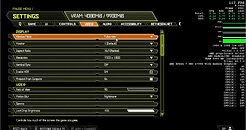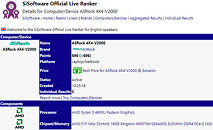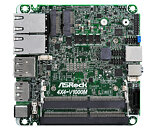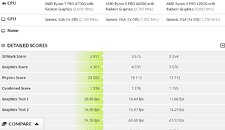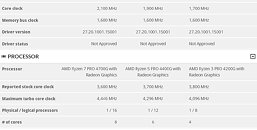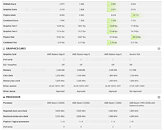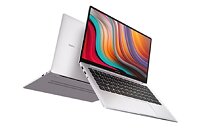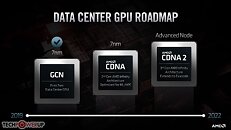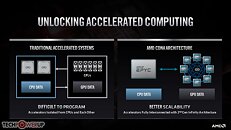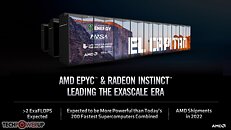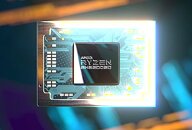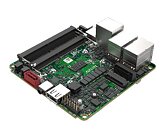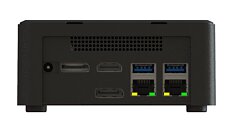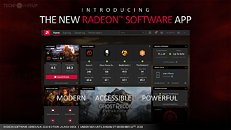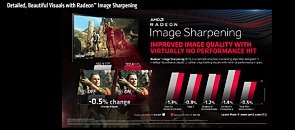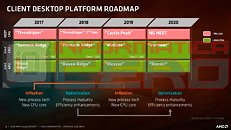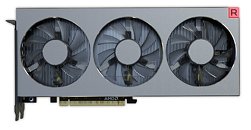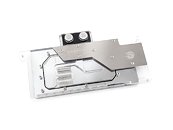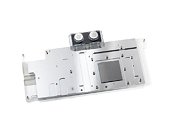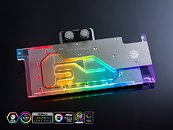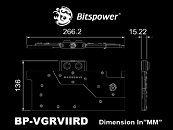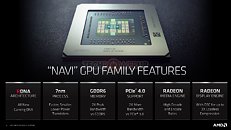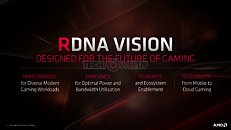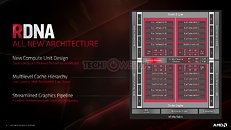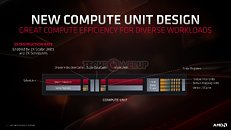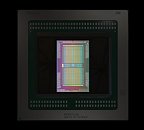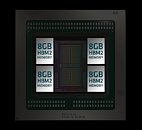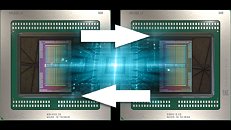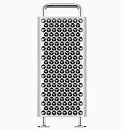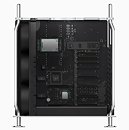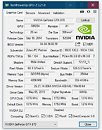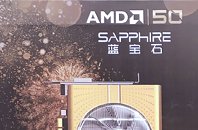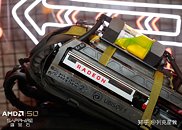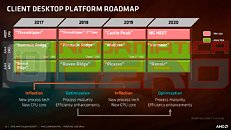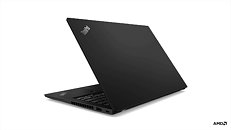
AMD Introduces Two New 6 W Dual Core Zen Processors
AMD has quietly added two new mobile processors to its lineup, the AMD 3015e and AMD 3020e are 6 W dual-core Zen chips with Vega 3 graphics. The AMD 3015e features dual 14 nm Zen cores with multi-threading running at a base frequency of 1200 MHz with a turbo frequency of 2300 MHz. The onboard Vega 3 GPU runs at 600 MHz and the chip can support 1600 MHz DDR4 memory. The AMD 3020e keeps the same dual 14 nm Zen cores but loses multi-threading, the base clock remains the same at 1200 MHz but the turbo frequency gets a bump to 2600 MHz. The Vega 3 GPU also gets a boost to 1000 MHz along with the addition of 2400 MHz DDR4 memory support.
Lenovo has recently unveiled two new laptops utilizing the AMD 3015e, the Lenovo 100e 2nd Gen and 300e 2nd Gen. The Lenovo 100e 2nd Gen features 4 GB DDR4 memory, 64 GB eMMC, Wi-Fi 6, 11.6" 720p screen, and runs Windows 10. The Lenovo 300e 2nd Gen has a similar build with the addition of a 360° hinge, pen support, and optional 128 GB SSD. The new AMD 3015e processor found in the laptops should perform ~20% faster than the Intel Celeron N4120. The Lenovo 100e 2nd Gen and 300e 2nd Gen will be available in September for 219 USD and 299 USD respectively.
Lenovo has recently unveiled two new laptops utilizing the AMD 3015e, the Lenovo 100e 2nd Gen and 300e 2nd Gen. The Lenovo 100e 2nd Gen features 4 GB DDR4 memory, 64 GB eMMC, Wi-Fi 6, 11.6" 720p screen, and runs Windows 10. The Lenovo 300e 2nd Gen has a similar build with the addition of a 360° hinge, pen support, and optional 128 GB SSD. The new AMD 3015e processor found in the laptops should perform ~20% faster than the Intel Celeron N4120. The Lenovo 100e 2nd Gen and 300e 2nd Gen will be available in September for 219 USD and 299 USD respectively.




